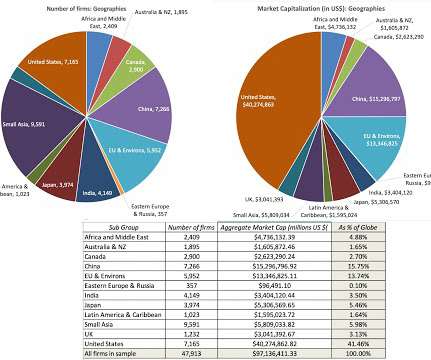Valuation Using Multiples—What Is It and How Does It Work? Core Ideas Explained
Valutico
DECEMBER 15, 2022
The ratio used might be EV/EBITDA, EV/Sales, P/E or another, depending on the valuation performed and the type of business being valued. The ratio is then used in a simple multiplication calculation, to determine the value of the company in question. Broadly, there are two different common ways to value using multiples. .













Let's personalize your content